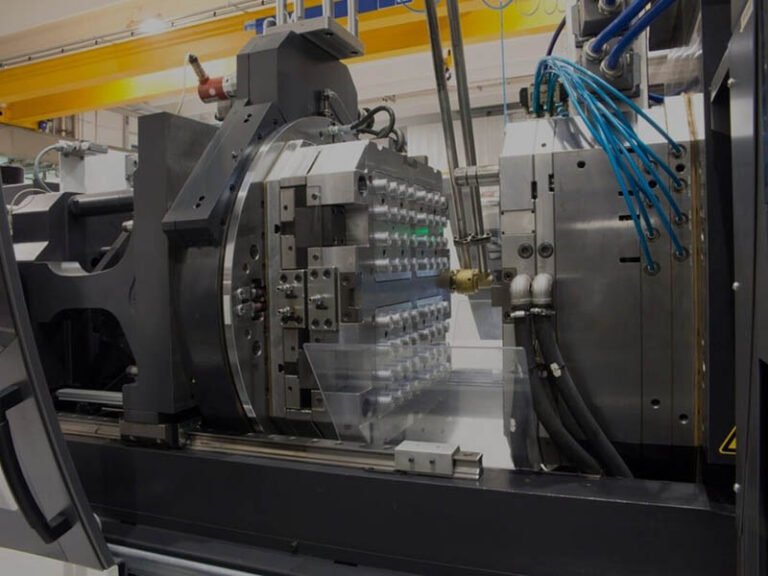Home appliances are becoming larger and larger. The “one mold with multiple cavities” developed to improve production efficiency has also led to the increasing size of home appliance molds. At the same time, the rapid development of home appliance electronics has also brought about the miniaturization and precision of parts. The machining accuracy tolerance of some molds is required to be less than 1μm.
Therefore, only by actively adopting advanced equipment and improving mold manufacturing can significant economic benefits be achieved.
Ⅰ. Home appliance molds with high-speed cutting processing technology
High-speed cutting processing is generally used for large household appliances that cover molds, and its curved surface processing accuracy can reach 0.01mm. After high-speed milling and finishing, the mold surface of the household appliance can be used with only a little polishing, which saves a lot of time for grinding and polishing. High-speed cutting processing greatly shortens the molding cycle, thereby improving the market competitiveness of products.
European and American mold companies use CNC high-speed milling, with mostly five-axis linkage, and the spindle speed is generally 15000-30000r/min. In addition, European and American home appliance mold companies also attach great importance to equipment renewal, and the depreciation period of equipment is generally 4-5 years. The addition of CNC high-speed milling machines is one of the critical points of equipment investment for mold companies.
Ⅱ. High-speed scanner and home appliance mold scanning system
The high-speed scanner and the home appliance mold scanning system provide many functions, from a model or physical scanning to processing the desired model, which greatly shortens home appliance molds’ development and manufacturing cycle.
Some fast scanning systems can be quickly installed on existing CNC milling machine-type machining centers to achieve rapid data collection, thus automatically generating various CNC system processing programs and different formats of CAD data for reverse engineering of the home appliance mold manufacturing industry. The home appliance mold scanning system has been successfully applied in the European and American home appliance industries.
Ⅲ. Further development of hot runner and gas-assisted appliance molds
Many foreign plastic mold factories produce plastic molds. More than 80% adopt hot runner technology, and the effect is pronounced.
Many companies in Europe and the United States have successfully used gas-assisted technology on TV housings, washing machine housings, and some thick-walled plastic parts for home appliance molds. Gas-assisted injection molding has the advantages of low injection pressure, minor product warpage, good surface quality, and easy forming of products with large wall thicknesses. It can significantly reduce costs while ensuring product quality.
Ⅳ. Combination of rapid prototyping technology and rapid molding technology for home appliance molds
Competition in the home appliance market is becoming increasingly fierce, and product updates are accelerating. Combining rapid prototyping technology and rapid tooling technology in-home appliance mold manufacturing, that is, using fast prototyping technology to make prototypes of product parts and quickly manufacturing molds based on the prototypes. The RP and RT technology application from mold design to completion requires only about 1/3 and 1/4 of traditional processing methods and costs.
Many home appliance mold manufacturers in Europe and the United States use rapid prototyping to cast silicone rubber molds, which are used to reproduce a small number of plastic parts and are very suitable for trial production of products. Some European and American countries also use aluminum to make injection molds, which can shorten the injection cycle by 25-30%, significantly reduce the weight of home appliance molds, and cut the grinding and polishing time by half. Germany has developed a kind of reinforced plastic used to make the cavities and cores of plastic molds with a life span of more than 100,000 pieces.




